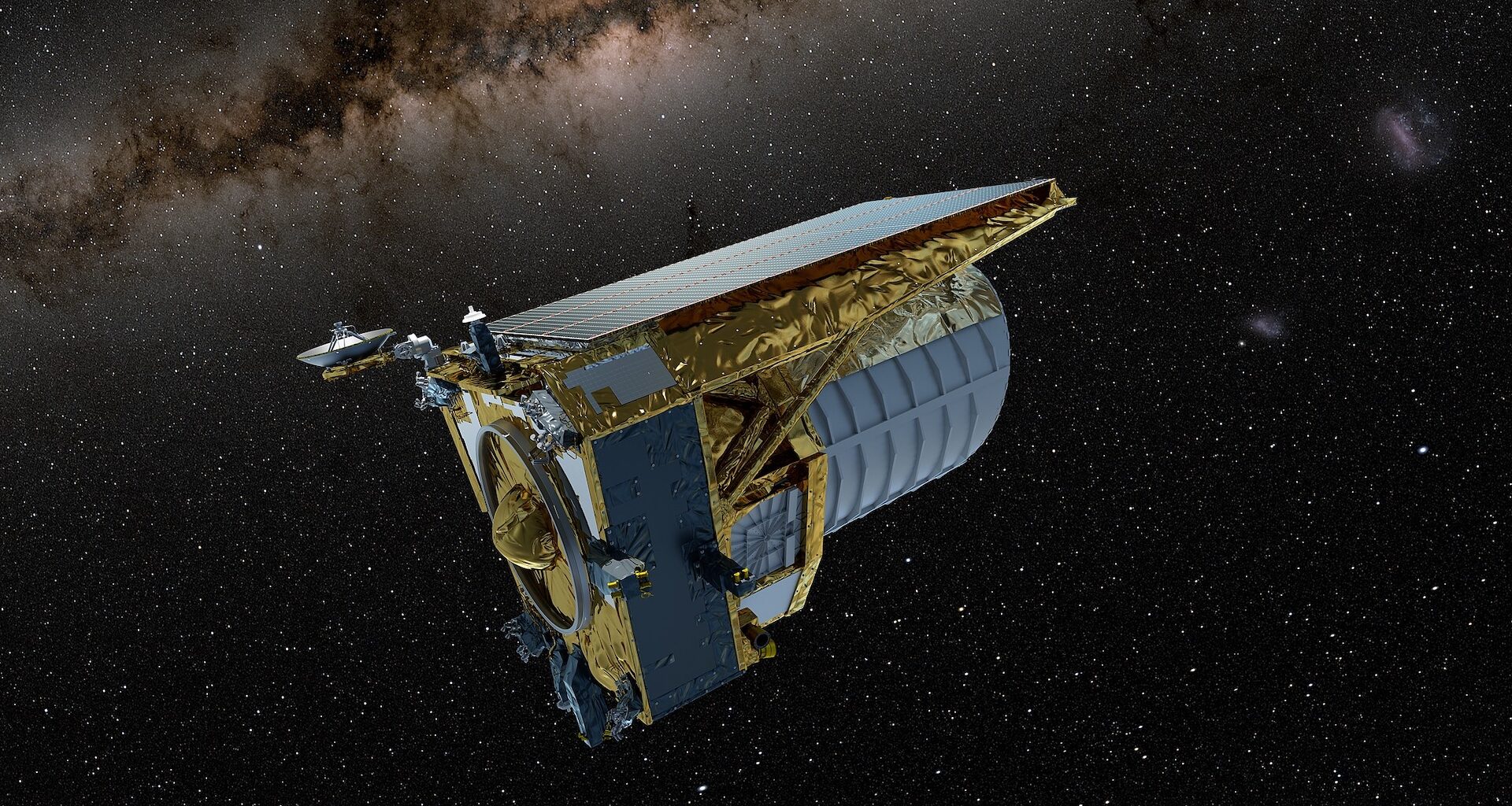A team of scientists has compiled the most robust chart of the universe’s temperature ever recorded.
The researchers used vast amounts of observational data collected by the European Space Agency’s (ESA) Euclid and Herschel space telescopes. Euclid, a telescope designed to catalog the dark universe, is compiling the largest-ever map of the cosmos.
The team leveraged this treasure trove of cosmic information to investigate the rate at which our universe is cooling. As expected, they found that the cosmos is drifting ever farther apart and that star formation has likely passed its peak.
Surveying the stardust of 2 million galaxies
For their study, the team analyzed the heat emitted by stardust in over 2 million galaxies. They found subtle but clear downward trends, indicating that the universe is slowly cooling and, effectively, dying. Star formation rates, for example, have slowed over the past 10 billion years. The team of scientists has submitted their paper to the journal Astronomy and Astrophysics. It is available now on the preprint server arXiv.
“The Universe will just get colder and deader from now on,” Dr. Douglas Scott, a cosmologist at the University of British Columbia, and author of the paper, explained in a press statement. “The amount of dust in galaxies and their dust temperatures have been decreasing for billions of years, which means we’re past the epoch of maximum star formation.”
The team looked at 2.6 million galaxies cataloged from Euclid’s first data release. They compared these with archival observations from ESA’s Herschel Space Observatory, which was active from 2009 to 2013.
Euclid records visible and near-infrared light, while Herschel’s instruments detected far-infrared light. By combining these datasets, the team was able to study the heat emitted by stardust across a large range of wavelengths.
“By combining the data and having such a huge sample of galaxies … we can produce the most statistically robust calculations to date,” lead study author Ryley Hill, a postdoctoral research fellow at UBC, explained in the statement.
Data on the demise of the universe
According to a LiveScience report, the universe is estimated to expire somewhere between 33 billion and one quinvigintillion years from now. While that is almost incomprehensibly far away, understanding the evolution of the cosmos allows astrophysicists to refine existing models.
Through their analysis, the team found that the average temperature of galaxies has cooled by 10 kelvins over the past 10 billion years. That is a relatively small change. However, as the researchers pointed out, the heat of stardust directly correlates to star formation. This shows that star formation is slowing down throughout the cosmos.
ESA’s Euclid telescope, which was launched by a SpaceX rocket in July 2023, shared its first major data release in March this year. This included observations of 26 million galaxies over an area of the universe spanning 10.5 billion light-years.
That was the first phase of the telescope’s mission. Ultimately, the team behind Euclid aims to build the largest-ever 3D map of the universe. By charting roughly 1.5 billion galaxies, making up roughly a third of the night sky, they aim to shed new light on the mysterious workings of dark matter.

